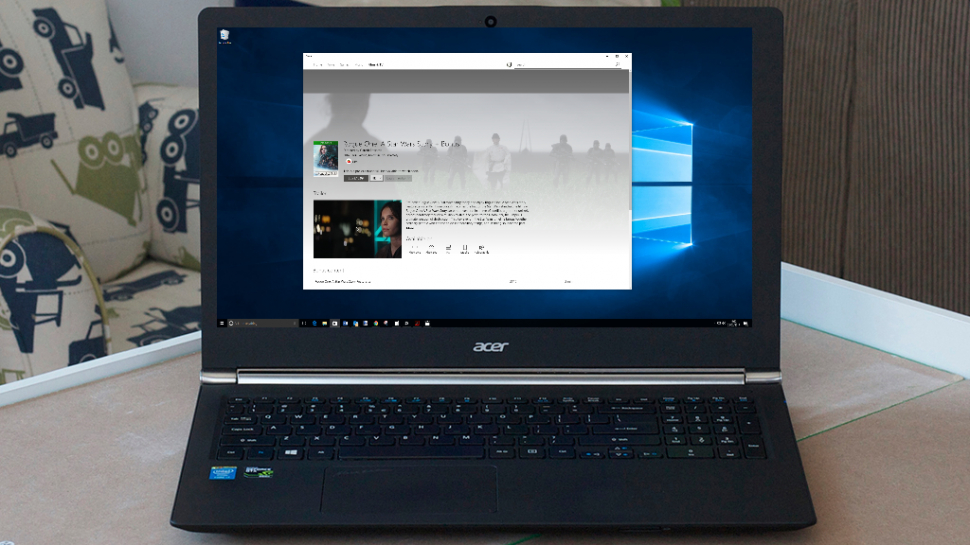Windows 10 will soon get Progressive Web Apps to boost the Microsoft Store
These nifty web apps will be arriving in the next major OS update

Microsoft is bringing Progressive Web Apps (PWAs) to the Microsoft Store and Windows 10 with the next major update of the operating system due to land in the spring.
At this point, some of you may be asking: 'progressive what now?' If you’ve not heard of PWAs before, they are simply websites (or web apps) which are implemented as native apps, and delivered just like a normal app through Windows 10’s store.
As Microsoft explains in a blog post, these new web apps are built on a raft of nifty technologies – including Service Worker, Fetch networking, Push notifications and more – all of which will be enabled when EdgeHTML 17 (the next version of the rendering engine that powers the Edge browser) goes live in Windows 10 in the next big update.
PWAs can be grabbed from the Microsoft Store as an AppX file, and will run in their own sandboxed container, without needing the browser to be open at all. As far as the user is concerned, they’ll be just like any other app downloaded from the store.
The big advantages are that no platform-specific code is required, allowing devs to make apps that run across different platforms, and that PWAs are hosted on the developer’s server, so can be updated directly from there (without having to push updates to the app store).
And, of course, one of the major benefits for Microsoft is getting a slew of fresh apps into Windows 10’s store, to populate it more thoroughly.
Quality assurance
Microsoft says it is already experimenting with crawling and indexing PWAs from the web to pick out the quality offerings, which it will draft into the Microsoft Store. The firm has already combed through some 1.5 million web apps to pick out a small selection of PWAs for initial testing.
Sign up for breaking news, reviews, opinion, top tech deals, and more.
As well as discovering apps via web crawling, developers will also be able to submit their offerings directly to Microsoft for approval.
So what about the potential conflict with UWP (Universal Windows Platform) apps? Microsoft sees UWP and PWA running in tandem, and any talk of a battle between the two is a ‘false dichotomy’ according to the company. They are two different approaches which can exist happily alongside each other.
As Microsoft puts it: “For developers who are building a fully-tailored UWP experience, building from the ground up with native technologies may make the most sense.
“For developers who want to tailor an existing web codebase to Windows 10, or provide a first-class cross-platform experience with native capabilities and enhancements, PWA provides an on-ramp to the Universal Windows Platform that doesn’t require demoting or forking existing web resources.”
Generally speaking, UWP apps may be universal, but of course they’re still tied to Windows devices, whereas PWAs may well seem the more tempting route for those who want their apps to run across all platforms (and the web).
Any problem with a potential clash between the two, though, will only be a problem for Microsoft. As far as users are concerned, PWAs are coming soon, and will just be another thing you can grab from the Microsoft Store, bolstering the numbers of available apps. Which can only be a good thing.
- Some of the best laptops of 2018 run Windows 10
Darren is a freelancer writing news and features for TechRadar (and occasionally T3) across a broad range of computing topics including CPUs, GPUs, various other hardware, VPNs, antivirus and more. He has written about tech for the best part of three decades, and writes books in his spare time (his debut novel - 'I Know What You Did Last Supper' - was published by Hachette UK in 2013).